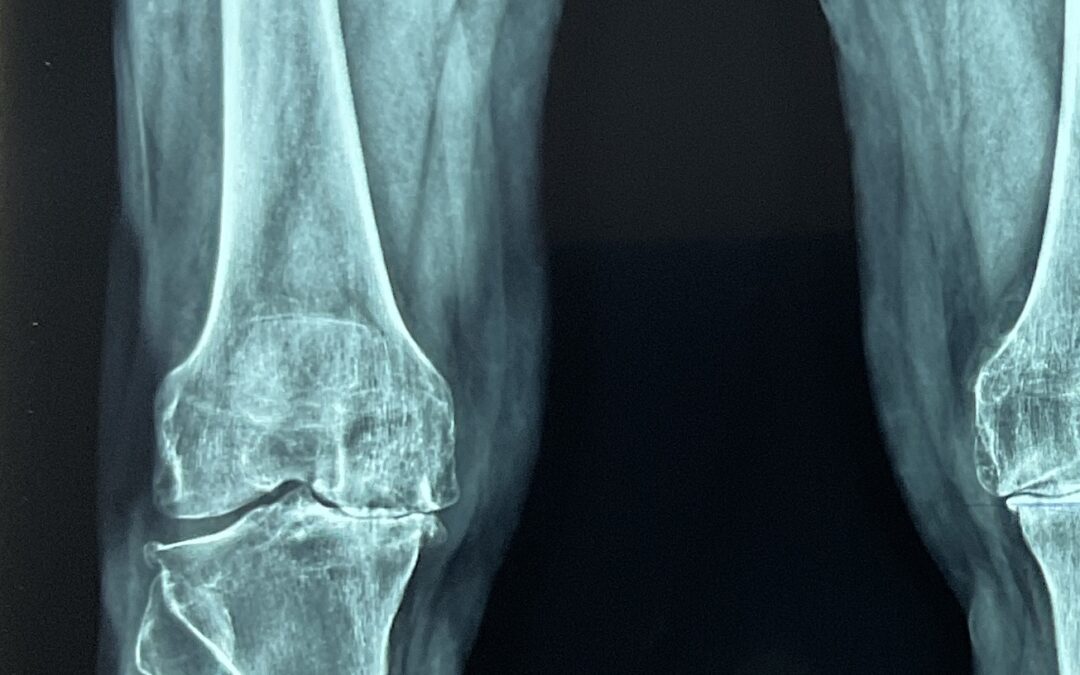Background:
The “Plants for Joints” (PFJ) program is a 16-week lifestyle intervention aimed at people with osteoarthritis (OA) of the hip or knee and metabolic syndrome. The program includes a whole-food, plant-based diet, physical activity, and stress management. Initial results showed significant improvements in pain, stiffness, and function. This study aimed to see if these benefits were maintained one year after completing the program.
Methods:
Participants with knee and/or hip OA and metabolic syndrome were divided into two groups: one received the PFJ program along with usual care, and the control group received only usual care initially but later also participated in the PFJ program. After completing the 16-week program, all participants were followed for one year with biannual visits and six webinars to promote adherence. Medication changes (for pain, cholesterol, and diabetes) and other health markers were assessed over the year.
Results:
Out of the 64 participants who finished the initial trial, 49 completed the one-year follow-up. The participants were mostly women, with an average age of 63 years and an average body mass index (BMI) of 33 kg/m². The study found:
• The WOMAC score, which measures pain, stiffness, and function, remained significantly lower than at the start, with a mean improvement of 7.8 points after one year.
• 61% of participants using pain medication reduced or stopped their medication.
• Significant reductions were observed in weight, waist circumference, blood sugar levels (HbA1c), C-reactive protein (CRP), and blood pressure compared to baseline, although LDL cholesterol levels were not significantly different.
• 33% of participants reduced their diabetes medication, and 44% reduced their cholesterol medication.
Conclusion:
The PFJ lifestyle program led to significant improvements in pain, stiffness, and function for people with OA and metabolic syndrome, with many benefits sustained one year after completing the program. Participants also showed metabolic health improvements, though some benefits were less pronounced, indicating varying levels of adherence over time.

